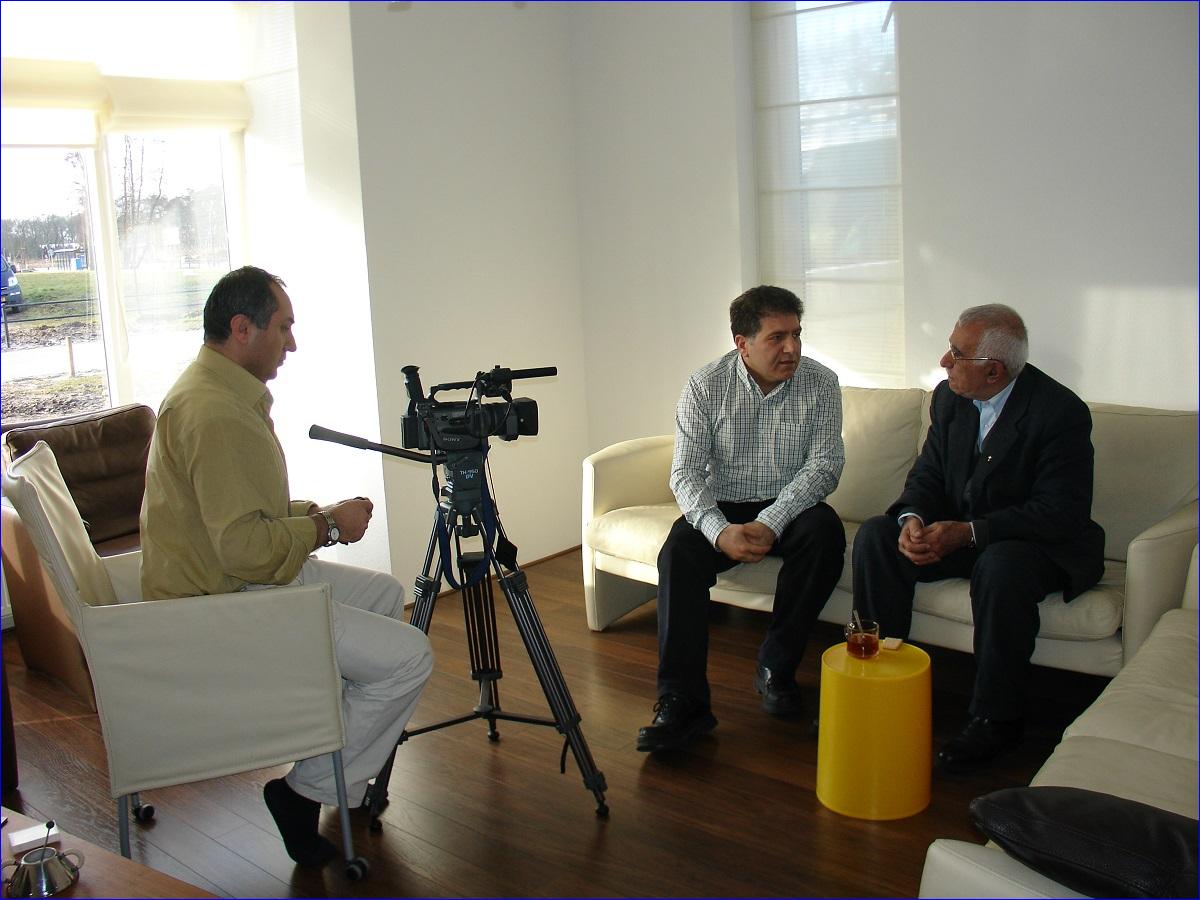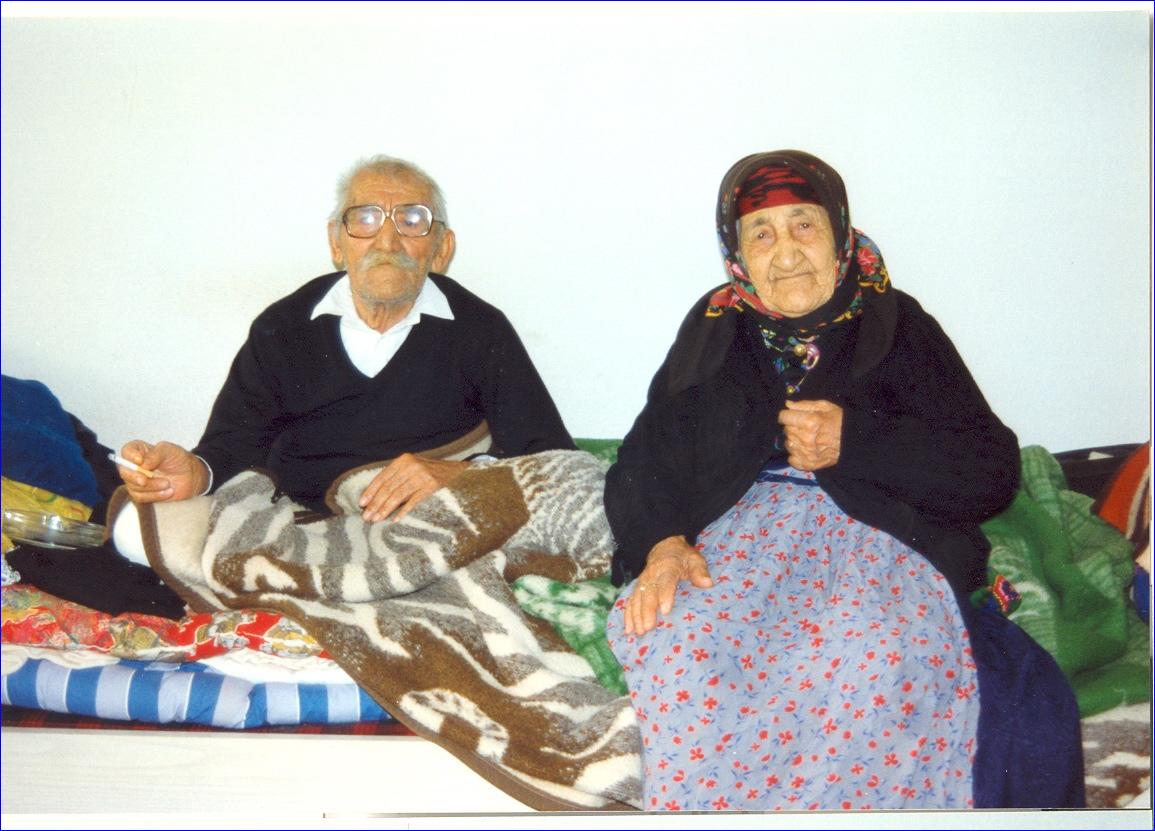


 AINA)
AINA)Assyrians were targeted during the genocides of 1915 in Turkey, 1933 in Iraq and most recently 2014 in Syria and Iraq by ISIS.
Between 1915 and 1918 Ottoman Turks killed 750,000 Assyrians (75%), 1 million Greeks and 1.5 million Armenians.
Related: The Assyrian Genocide
When I set out to document their stories, there were very few survivors of the 1915 genocide, resulting in a limited quantity of documented accounts of the events. The survivors, severely traumatized and lacking trust, were hesitant in sharing their stories. Fortunately, after earning their trust I was able to interview many two decades ago, before they passed away, taking their testimonies with them. For many of these survivors, my interviews were the first time they spoke about what had happened to them, their parents and brothers and sisters. For most of them the experience was overwhelming. It was a common to have survivors cry uncontrollably, causing me to postpone the interview for a later date.
Related: Timeline of ISIS in Iraq
Related: Attacks on Assyrians in Syria By ISIS and Other Muslim Groups

 AINA)
AINA)Many contemporary scholars consider oral testimony to be an important source, and not any less reliable than contemporary written documents. The crime that these survivors went through was a crime against humanity, and we are obliged to hear their stories now, in the service of humanity. This Assyrian oral testimony collection is important not only to continue research on the Assyrian and Armenian genocides, but also for the study of other genocides which cannot be investigated by studying archives only.
Related: The 1933 Massacre of Assyrians in Simmele, Iraq
I believe these testimonies have a significance for historians, writers and documentary filmmakers. All of the survivors to which I am referring are no longer with us. But the Assyrian Genocide Research Center has their testimonies. Most of them are in Assyrian.
Other testimonies are in Turkish, Kurdish, Arabic, and Hebrew. I am certain that there are many other individuals and institutions who have testimony from survivors.

 AINA)
AINA)Related: Genocides Against the Assyrian Nation
Carla Garapedian, one of the producers of the movie The Promise, and I are trying to do our best by making these Assyrian oral testimonies available to the world. We aim to collect and digitize them so that they will be accessible to institutions worldwide.
Related: Brief History of Assyrians
Related: Assyrians: Frequently Asked Questions
As the director of the Assyrian Genocide Research Center, I urge all of you to send us a copy of any testimony you have in your collection, to preserve this for posterity.

or register to post a comment.